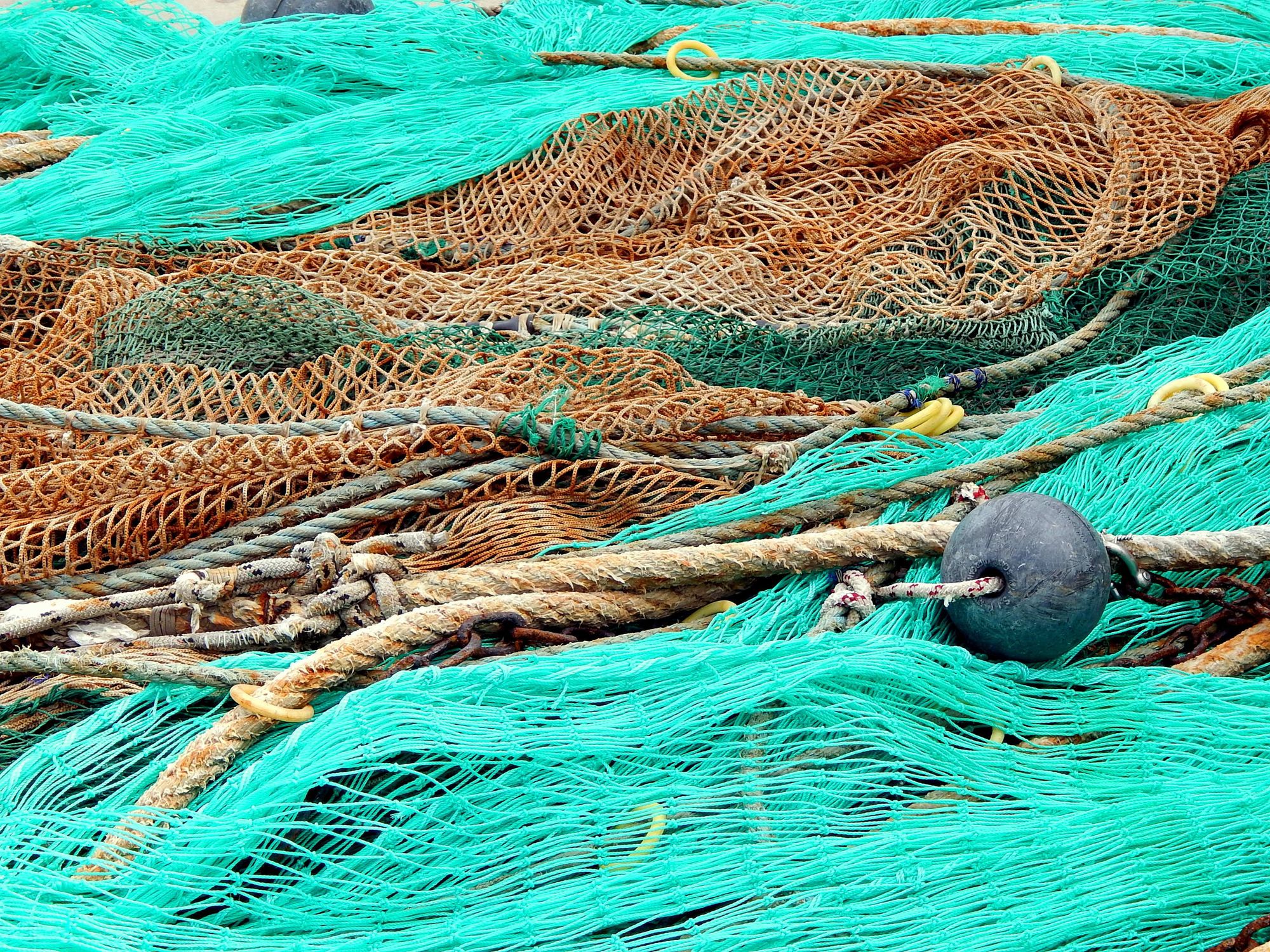A global plastic treaty must include the fishing industry

Plastic pollution is well reputed as a prevailing global environmental crisis, which has resulted in significant actions towards addressing the issue over the years, e.g., in the form of national bans on items such as plastic straws, bags and cutlery. These bans have typically targeted packaging and other single-use items as this equates to about half of all plastics produced, and most consumer items used one single time surely do not need to be as persistent as plastic is. Now in 2024, UN member states are also set to commit to a legally binding global resolution with a life cycle perspective to end plastic pollution (1). This aligns well with ATLANTIS’ research goals, which is to develop global models for marine impacts of plastics in life cycle assessments, allowing impacts from “cradle to crave” to be considered when comparing different products or production options.
While details of the global agreement are in sight but yet to be finalized, several NGOs such as the Marine Conservation Society and the Ocean Conservancy have urged for the treaty to target plastic waste in the form of Abandoned, Lost or otherwise Discarded Fishing Gear (ALDFG). Fishing nets, lines and ropes are typically made from non-degradable polymers such as polyethylene (PE), polypropylene (PP) and nylon, and constitute a direct and significant source of plastic to the marine environment. To quote Nicholas Mallos from the Ocean Conservancy:
“We simply cannot address the plastic pollution crisis in our ocean without addressing the prevalence and impact of ghost gear” (2).
International governance frameworks addressing lost fishing gear already exist, but the current policies have been criticized for being vague, fragmented and incomplete (3). Therefore, the upcoming global treaty is a unique opportunity to comprehensively address ALDFG or ghost gear, which is often recognized as the deadliest type of marine litter through entanglement and entrapment. These impacts pose an undeniable threat to both commercially important species, as well as charismatic keystone species of marine ecosystems. When it comes to entanglement of marine megafauna such as whales, seals, sharks, seabirds and turtles, the only plastic treaty that can purposefully address this impact is one that encompasses plastic losses from the fishing industry.
The solution to the complex issue of ghost gear naturally requires measures at both local and global scales. For example, new gear designs as well as gear labeling and reporting schemes can be useful to minimize and keep track of losses at sea, while convenient access to waste management systems is a prerequisite in order to achieve better handling of derelict gear. Additionally to the upcoming plastic treaty, a UN agreement from last year pertaining protection of marine biodiversity beyond national borders is also a promising starting point for reducing pollution from fishing activities in the high seas (4). In this regard, international coordination and collaboration can hopefully be a crucial driver to both limit future inputs, but also to incentivize actions for retrieving the already existing hazardous debris, which otherwise will outlive us and potentially entangle and catch marine animals for years to come.
Sources:
(1) UN Environmental Programme press release: "Historic day in the campaign to beat plastic pollution: Nations commit to develop a legally binding agreement" Published 02.03.2022.
(2) Ocean Conservancy media briefing: "Ocean Conservancy Urges Countries to Adopt Ghost Gear Provisions in Upcoming Round of Global Plastics Treaty Negotiations" Published 13.04.2023.
(3) Environmental Investigation Agency report: "Convention on Plastic Pollution - Essential Elements: Fishing Gear". Published 08.11.2022
(4) UN news story: "Beyond borders: Why new 'high seas' treaty is critical for the world". Published 19.06.2023

